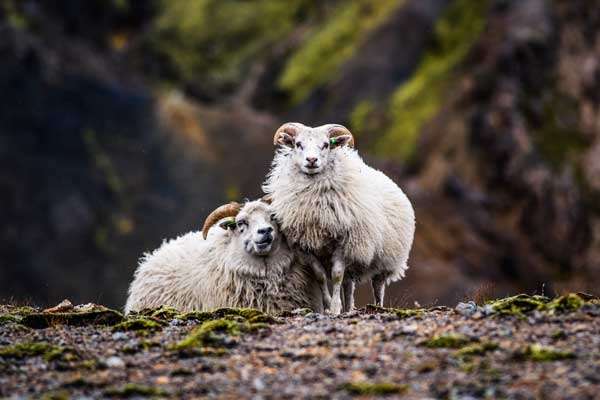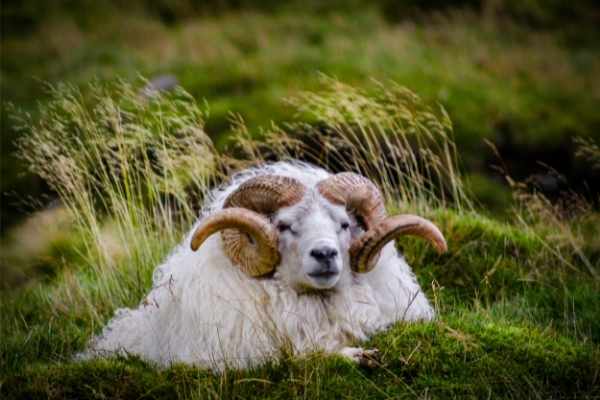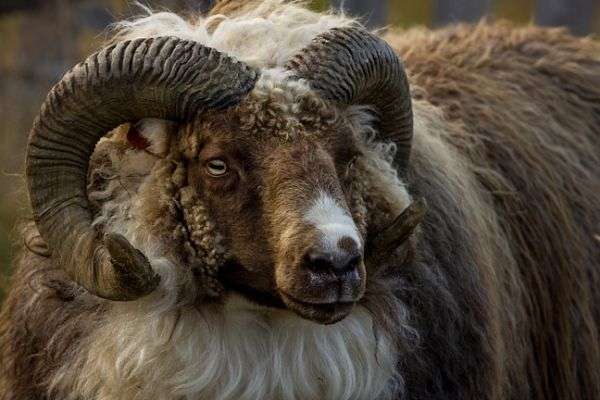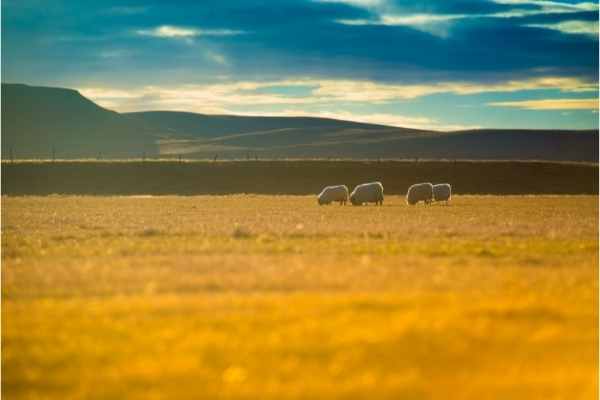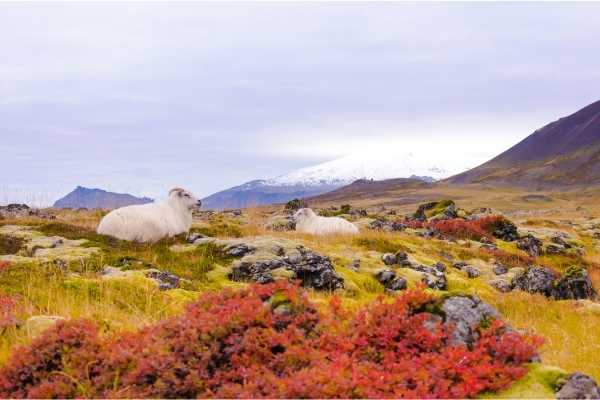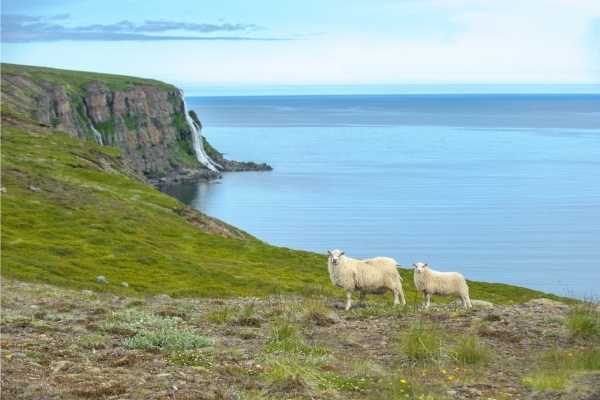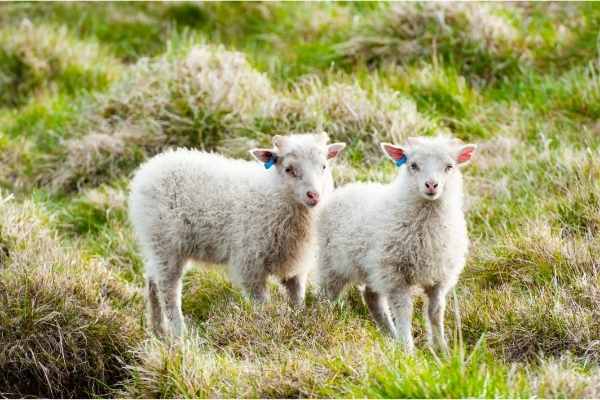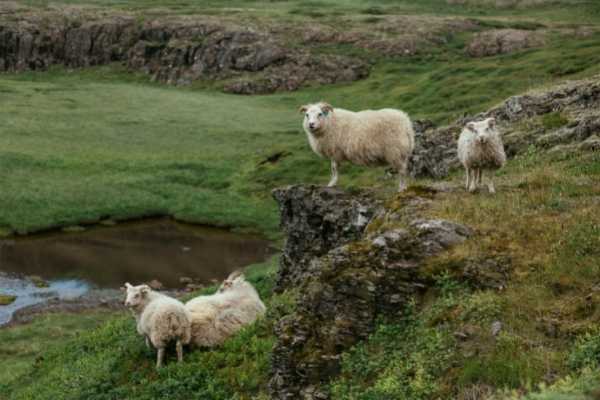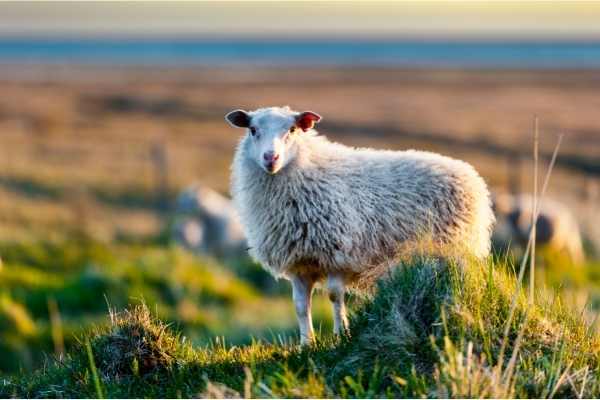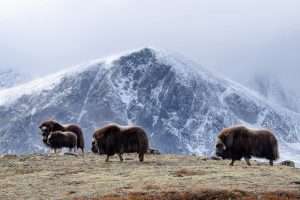Learn all about the Icelandic Sheep
Discover the World’s Finest Wool – Enchanted Iceland – The Icelandic Sheep
The Icelandic sheep is a breed that belongs to the Nordic short-tailed sheep. They are medium-sized and usually have short legs but are strongly built. The sheep’s face and legs are free of their wool. Icelandic sheep wool can take on 17 different shades of color from white to brown to black.
Because the sheep are generally not shorn before winter, they are very tolerant of cold because of their dense fur.
In the Icelandic sheep breed, a specific gene has been discovered which favors multiple births. Twin births are the rule, but triplets, quadruplets, and even quintuplets or sextuplets can be born in sporadic cases. The lambs reach sexual maturity at around 11-12 months.
Icelandic Sheep's History
Icelandic sheep are descended from a breed that was brought to Iceland by the Vikings 1100-1200 years ago. Because they have been able to adapt to the harsh climate for over a thousand years, they are considered a very robust sheep breed.
They have made a significant contribution to the food security of the local population. Because of Iceland’s unfavorable climatic and geographical location, sheep farming was the only way to get fresh food in winter.
The Icelandic sheep is one of the oldest and purest north European breeds. This short-tailed, heavy wooled, mid-sized Icelandic breed is just the same as 1100 years ago. Only a few cross-breeding attempts were made to improve this breed – but all of them led to a complete catastrophe in terms of diseases.
Due to which all the animals resulted from cross-breeding were discarded. As a consequence of these protective measures, selective breeding has been done to improve the breed. Icelandic breed has been treasured for 1100 years for its milk, fiber, and meat. There are about 800,000 sheep in Iceland, which is more than two sheep per inhabitant.
Physical Characteristics
Icelandic sheep are a kind of domestic sheep. They are slightly shorter than the modern sheep, some of them have horns, and some are without horns. They are famous for their plush wool covering their medium-sized and broad structure except for their face and legs.
The male sheep is known as a ram – weighing 200-220 lbs, and the female is known as a ewe weighing between 150-160 lbs. Moreover, they are seasonal breeders, but rams are believed to be sexually active all year. Whereas ewes regularly birth two lambs. Therefore, you will usually see them in a group of three.
Due to its tasty meat, this breed has been a great source of food for the Icelanders. Also, the meat of the Icelandic sheep is the main income generator for sheep farmers.
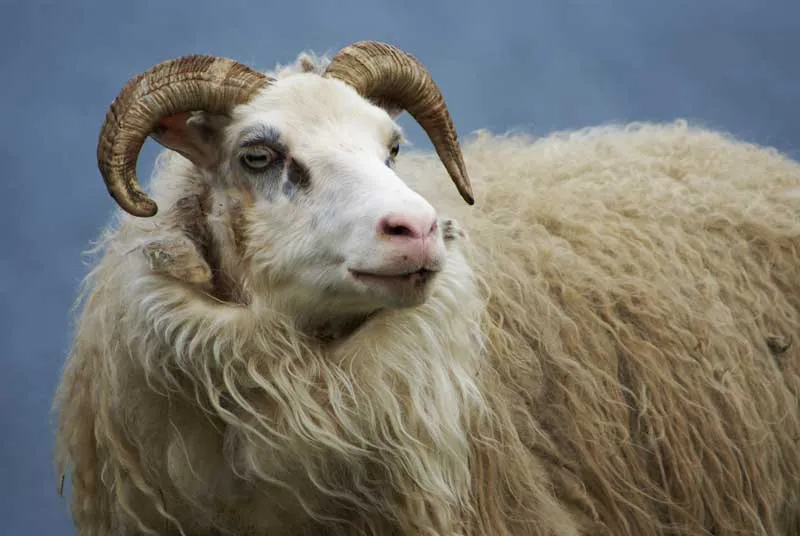
Temperament
Icelandic sheep are not as obedient as alpacas; they are alert and quick on their feet. Their herding instinct is not as strong, so they manage to spread out over a large area, which helps them make effective use of Iceland’s sparse soil.
Since ewes were kept as milk-producing animals until the mid-twentieth century, it is not surprising that they are good mothers and high milk producers.
Icelandic sheep are very aggressive towards other sheep. When they contact strangers, they quickly become nervous. The dominant ram, which is usually a horned one, can probably get dangerous. But when the sheep are together with their trusted shepherd, they are quite peaceful.
Lambing Season - How Icelandic sheep give birth
May is the lambing season for Icelandic sheep – it is the most exciting time for farmers who have to stay up for hours to look after lambs and ewes at birth. Even in the weeks before birth it is important to be aware of the signs of approaching lambing and to take appropriate precautions.
In sheep that are giving birth for the first time, the udder begins to develop about four weeks before birth. In older animals, this process does not begin until a day or two before birth.
Preparations for lambing
It is best to start preparing for the birth a few days in advance. The farmers have to stock up with the necessary utensils or prepare them accordingly. These include soap, a bucket, birth ropes, soap, a pair of gloves, lubricant, disinfectant and an extensive stall pharmacy.
If possible, utensils such as birth ropes should be boiled to sterilise them and thus prevent the ewe from catching infections at birth from germs on the tools used. In general, hygiene at birth is particularly important for all concerned.
The process of birth
When the time has finally come, an obstetrician should be on hand to observe the animal and intervene in case of complications. Intervention is also necessary if the birth takes too long. A normal birth in sheep lasts about one hour. For animals giving birth for the first time, or when more than one lamb is born, the process may take longer.
The time runs from the moment the ewe’s amniotic sac bursts. If the birth process needs to be intervened, care must be taken not to injure the animal.
It should always be remembered that the birth canal’s mucous membranes are a very sensitive area of the body, where mechanical injuries can occur relatively quickly.
Even after birth, the lamb and its mother should not be left to fend for themselves.
Approximately two to three hours after the actual birth, the mother should still give birth. In many cases, this can no longer be found, as the sheep like to eat it too. However, it should not be automatically assumed that this happens. If the placenta remains in the body, this can have serious health consequences for the sheep.
The animal should therefore be monitored very closely in the first few days after birth, and a veterinarian should be consulted if it shows symptoms of illness such as fever or loss of appetite.
The lamb should be rubbed dry with straw after birth. Care should also be taken to ensure that the nostrils are freed of mucus so that the animal can breathe easily. Disinfection of the navel of the newborn is also recommended.
Sheep on Iceland's volcanic soil
The reason for the volcanism in Iceland is that the island lies directly on the Mid-Atlantic Ridge. This rift separates the North American and Eurasian plates and Iceland is one of the very few places on earth where this phenomenon can be admired above sea level.
Nutrition of Icelandic sheep
Icelandic sheep are cold hardy and have a strong immune system. One of the prominent qualities of these Icelandic sheep is the ability to sustain over pastures and browse. Due to the cold temperature, Iceland is not a grain-producing country and this breed has lived through history on pasture and hay. When the female sheep are pregnant they are given fish meal, and ewe lambs are supplemented with some protein when they are pregnant.
Icelandic sheep & Meat production
The Icelandic Sheep is popular worldwide for its wool, but it is bred specifically for meat production. Icelanders generate more than 80% of their income from the meat of Icelandic sheep. Although the lambs are small at birth, they grow quite fast. On good grassland, they should reach a weight of 80-90 lbs in 4 to 5 months.
The typical growth rate of these lambs is 25-300 grams per day. The lambs do not receive any extra grain. They only graze in the mountainous areas of Iceland. The meat of Icelandic sheep is fine-grained and has excellent taste. Also, in terms of meat production, Iceland is one of the countries with the best meat quality.
Icelandic sheep & Milk production
Icelandic sheep were the main milk-producing animals in Iceland up till the 1940s. At present, sheep are not milked in Iceland. Instead, lambs are allowed to continue breastfeeding.
It is mainly due to the advancement of automated haying, which has made raising cattle so easy. Back in the past, lambs were weaned off the mother’s milk two weeks after birth, and for the next six weeks, the ewes were milked daily. Most of the ewes provide about 1 liter of milk per day, whereas the most healthy ones supplied 2 to 3 liter per day. Then the Icelanders used this mil for making butter, cheese, or yogurt.
Icelandic Sheep Wool And Its Usage
Premium fleece from these sheep has two layers; one is an inner layer known as Thel, which is super lightweight, airy, and insulating, whereas the other is an outer layer known as tog, which is long, strong, and water-resistant.
The Thel fiber is very soft; therefore, it can be used to prepare baby garments, fine shawls, underwear, and delicate laces, and it grows up to the length of 2 to 4” whereas, tog fiber grows to a length of 6-8” in six months. Tog is very strong and water-resistant, which is best for preparing clothes for cold weather. When both Thel&Tog works together, they produce unique knitting wool known as Lopi, which can only be made from the fleece of Icelandic sheep.
Lopi is used to prepare hand-knitted sweaters with traditional patterns that serve as a famous souvenir from Iceland. Also, it comes in a variety of colors such as browns, blacks, grays, and reddish-brown. One colored sheep and multi-colored sheep, you can find both of them, but the majority is white. Cloth from these yarns is very warm hence protects the Icelanders perfectly from the harsh winters.
Why Icelandic Wool is something special
Only Icelandic sheep’s wool of the best quality is spun for the Lopi. The Icelandic sheep, which spend most of their time in the wild, develop a particularly dense woolly hair due to the harsh Nordic climate.
This wool is unique. On the one hand, the long upper hair is robust, strong and water-repellent, and on the other hand, the lower hair is soft, light and cozy and warm. This gives Icelandic sheep’s wool this special, soft and, at the same time, robust character.
There are Icelandic sheep in a wide variety of colors. Besides white, there are also grey, brown and black sheep, which makes it possible to produce Lopi in many different natural shades. In addition, there is a wide range of harmonious artificially colored shades.
Icelandic wool can be processed using Iceland’s natural energy resources, such as hydroelectric and geothermal power. Usage of detergents and chemical substances is kept to a minimum, thus preserving the natural wool grease lanolin, which makes the wool water repellent.
The Icelandic lopi is spun in various thicknesses:
- Alafosslopi: The classic wool for outdoor island jumpers (knitting needle size 6)
- Lett Lopi: A thinner wool (needle size 4 to 5)
- Bulky Lopi: Super-thick wool (needle size 8)
- Lace yarn: A very thin yarn that is used to knit very fine, light jumpers or accessories
- Plötulopi: A loosely spun wool on slabs which must be double or triple wound before knitting
- Hosuband: A special yarn mixture for thicker socks made of 80% Icelandic wool and 20% polyamide for better durability
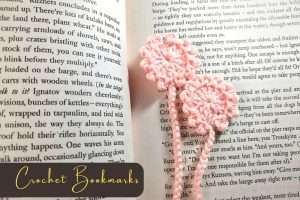
Make your own cute crochet bookmarks with this simple tutorial

Thinking about Spinning Wool? Here are 10 Expert Tips for Beginners

Who are the Changpa Nomads? – The gold of the Himalayas
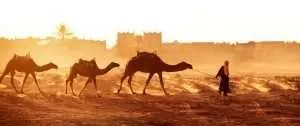
Inspiring Camel Hair Artisans and Entrepreneurs
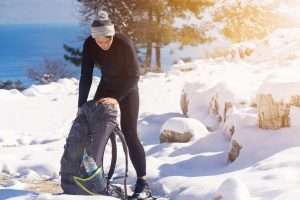
Why Merino Wool Apparel is the Best Outfit for Hiking
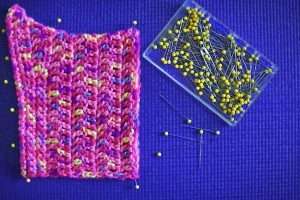
How to Block Your Knitting and Crochet Projects

The Health Benefits of Cashmere: A Natural Fiber That’s Gentle on the Skin
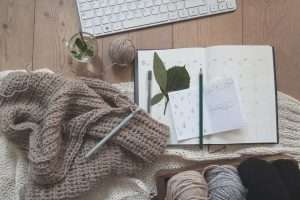
Top Ten Blogs For Free Knitting Patterns
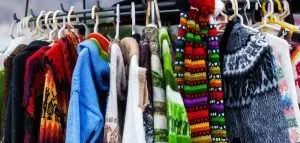
Alpaca Sweater and Alpaca Cardigans
Sustainability
The use of pesticides and herbicides in sheep farming is very limited, making Icelandic wool a very pure, ecologically valuable product. Sheep are not dehorned and are free from mulesing. After warping, the sheep remain in the shelter of a dwelling until they are ready to wear the first warm wool again.
